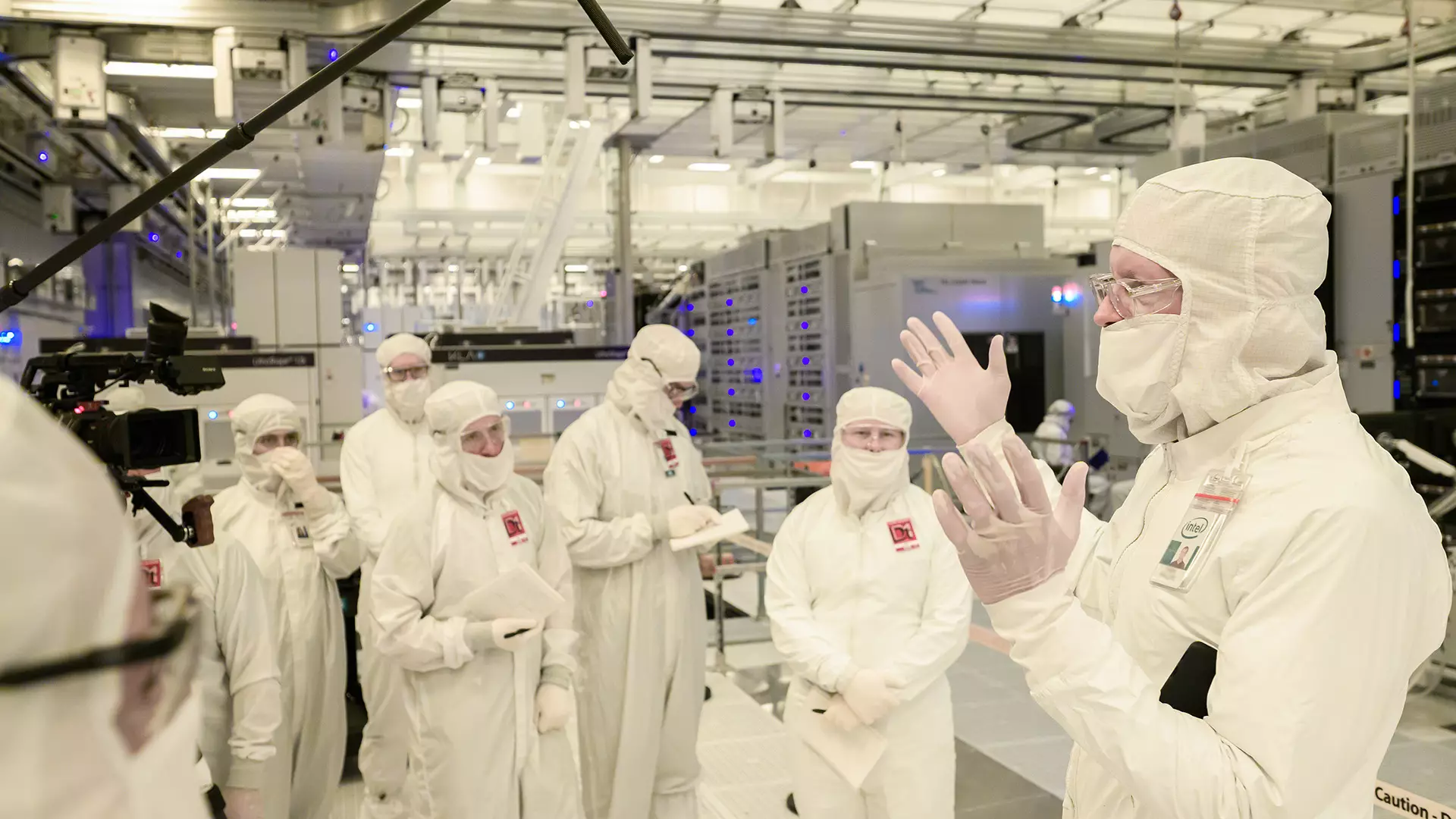As whispers transform into actionable strategies, Intel is embarking on a significant workforce reduction that has sent shockwaves through its operational landscape. Currently, around 107 employees—most of whom are stationed at the Santa Clara headquarters—are facing termination as part of a comprehensive plan to streamline the company’s productivity and reduce operational costs. This is not an isolated incident; rather, it fits into a broader narrative of upheaval that began earlier in 2024 when Intel announced a staggering 5% workforce reduction, a figure that has been maintained as part of a larger seven-year restructuring aim.
Such drastic measures reflect a growing trend in the tech industry where giant companies are attempting to stay afloat amidst increasing competition and economic uncertainty. Analysts and insiders agree that the wave of layoffs represents a harsh reality in a rapidly evolving sector, forcing companies like Intel to realign themselves for future viability.
The Numbers Tell a Story
According to CRN, Intel’s communication to staff was officially delivered last Wednesday, complying with California’s Worker Adjustment and Retraining Notification Act. This legislation mandates companies to provide advanced notice to employees facing layoffs, presenting a semblance of transparency in an otherwise opaque situation. The stipulated layoffs are set to begin on July 15, with varying provisions for affected employees: either a 60-day heads-up or a compressed notice coupled with severance pay.
While such legal requirements may provide a safety net for those about to lose their jobs, it is clear that mere compliance is not enough. With an already established paradigm that suggests a focus on empowering engineering talent, the layoffs are strikingly paradoxical. This raises important questions: How can Intel claim to prioritize engineering prowess while simultaneously letting go of numerous engineers in pivotal roles?
The Core of the Matter: Engineering Versus Management
The list of job casualties is quite illuminating—over 50% constitutes engineering roles, including positions such as physical design engineers and cloud software architects. This defies the narrative that Intel is merely pruning management in a bid to focus on technical talent. The presence of such a high number of engineers on the chopping block reflects a misalignment between leadership’s strategy and the execution of that vision. Gone are the days when companies could segregate engineering from managerial oversight; the modern economy demands a seamless integration.
Moreover, the layoffs extend to managerial positions as well, indicating a fundamental reassessment of roles within the company. Intel’s CEO, Lip-Bu Tan, appears to favor a lean operational structure, reinforcing the idea that both technological proficiency and managerial oversight are under severe scrutiny. The strategy encourages companies to streamline operations but at what cost to ongoing projects and company culture?
Emerging Trends: Outsourcing and Using AI
Alongside this workforce reduction, Intel’s recent move to outsource marketing functions to a consultancy firm raises more eyebrows. Leveraging AI for marketing tasks signifies a shift that could further ripple through the employee landscape as more roles may be rendered obsolete. While the allure of utilizing AI for efficiency gains is undeniable, the human touch in marketing—a field rife with subtleties of emotional connection—is at risk of being diluted.
This paradigm presents an opportunity for tech companies to reassess their operational frameworks. Instead of trimming down talent, a more effective route might involve investing in upskilling existing employees and nurturing them to adapt to the ever-evolving technological landscape. The dual pressures of competition and innovation make it essential for companies to find a balance between restructuring and retaining valuable human capital.
Looking Ahead: The Road Less Taken
Ultimately, the path Intel is charting is fraught with challenges. As they attempt to cut substantial operational costs to the tune of $1.5 billion over the next few years, they risk alienating their highly skilled workforce—those very individuals who are crucial to the organization’s future innovations. The fate of these layoffs at Intel illustrates a complex intersection of operational efficiency and employee welfare, wherein the true cost of doing business may extend far beyond mere financial metrics.
As the tech world pivots on the precipice of profound change, companies must tread carefully. Emphasizing long-term resilience over short-term gains could forge a more sustainable future in which companies do not just survive but thrive amid continuous transformation.


Leave a Reply